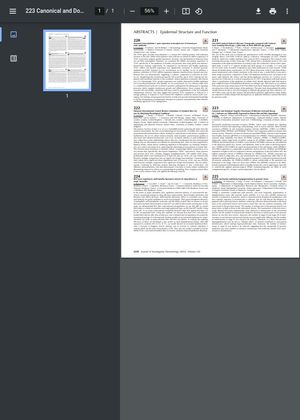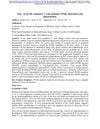Canonical and Dominant Negative Peroxisome Proliferator-Activated Receptor Gamma Isoforms Are Differentially Expressed in Human Skin and Skin Appendages
November 2022
in “
The journal of investigative dermatology/Journal of investigative dermatology
”

TLDR Different types of PPARγ are found in varying amounts in human skin and its parts, which could affect how skin treatments work.
The study investigates the expression patterns of canonical (cPPARγ) and dominant negative (dnPPARγ) isoforms of peroxisome proliferator-activated receptor γ (PPARγ) in human skin and its appendages. Using qRT-PCR, in situ hybridization, and protein detection methods, the researchers found that adipocytes express high levels of all cPPARγ isoforms, PPARGΔ5, and PPARGtr, but minimal levels of GORF4. Lower levels of all PPARG isoforms were detected in the sebaceous gland (SG), dermis, and epidermis. cPPARγ2/3/G2/3ORF4 were most prominent in SGs and dermis, while cPPARγ1/4/G1ORF4 expression was comparable in epidermis, dermis, and SGs. PPARγtr and PPARGΔ5 were higher in SGs compared to dermis and epidermis. In hair follicles (HF), PPARGtr was the highest expressed isoform, followed by cPPARγ1/3/4. The study concludes that the differential expression of cPPARγ and dnPPARγ isoforms in various skin compartments suggests that pharmacological PPARγ modulators/agonists could have compartment-specific, receptor isoform-dependent clinical effects.



